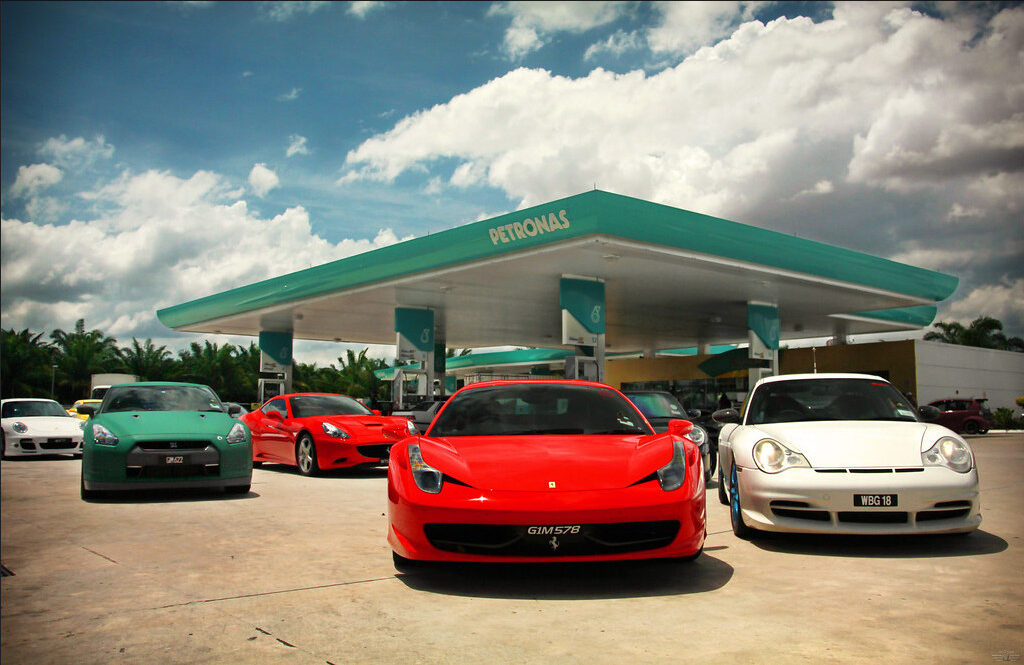Johan said that the government has launched a pilot test using e-wallets at petrol stations for the targeted system. However, he did not give out any details on how this might actually work, though it does sound quite familiar to the targeted e-wallet credit programmes implemented by the government in the past few years.
He added that it is still in the early stages and that it will take between three to six months of testing before it will be ready to go live. The obvious issue with this method is that while it may work in urban areas, it may be more challenging to use for rural and elderly users, which Johan concurred with. He said MoF will continue to study other feasible methods. The high-ranking official noted that the biggest challenge of implementing an equitable system for the fuel subsidy is that they cannot replicate electricity bills, where the more a user consumes, the higher the rate becomes. “The challenge on implementation is that, whereas a Tenaga bill is one metre per home, you and I can go to any petrol station to buy our fuel,” said Johan. The government has, for months, made public its intention to eventually shift the current blanket fuel subsidy to a more targeted mechanism in order for the allocation to actually reach its intended demographic. The justification for this is that the top 20 income group (T20) were revealed to have utilised more of the government’s subsidy than those that actually need it, the bottom 40 (B40) and middle 40 (M40). Because overall subsidies are expected to go up to RM77.7 billion this year, the government is looking to reign in on its expenditure by getting rid of some blanket subsidies. Aside from petrol, Putrajaya is also mulling over implementing a targeted subsidy for electricity as well, which would see a surcharge imposed on T20 users. (Source: BFM)

